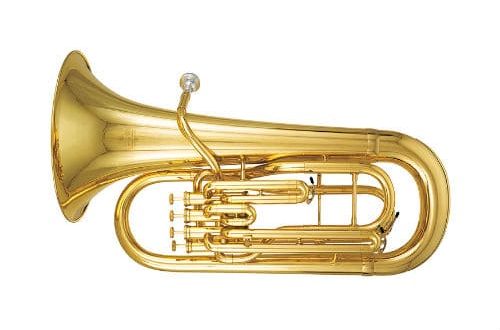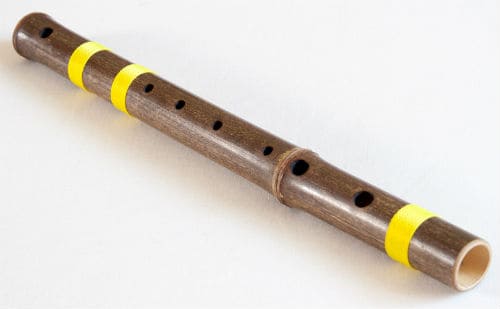
Saxophone: instrument description, composition, history, types, sound, how to play
Contents
The saxophone cannot boast of an ancient origin, it is relatively young. But in just a decade and a half of its existence, the bewitching, magical sound of this musical instrument has gained fans around the world.
What is a saxophone
The saxophone belongs to the group of wind instruments. Universal: suitable for solo performances, duets, part of orchestras (more often – brass, less often – symphony). It is actively used in jazz, blues, and is loved by pop artists.
Technically mobile, with great opportunities in terms of performing musical works. It sounds powerful, expressive, has a melodious timbre. The range of the instrument is different, depending on the type of saxophone (there are 14 in total, 8 are actively used at present).

How a saxophone is built
Outwardly, it is a long curved pipe, expanding downwards. Production material – copper alloys with the addition of tin, zinc, nickel, bronze.
Consists of three main parts:
- “Eska”. The tube, located at the top of the instrument, resembles the Latin letter “S” in a curved shape. At the end is a mouthpiece.
- Frame. It is straight or curved. It has many buttons, holes, tubes, valves necessary to extract sounds of the desired height. The total number of these devices differs depending on the model of the saxophone, ranging from 19 to 25.
- Trumpet. The flared part at the end of the saxophone.
In addition to the main elements, the important elements are:
- Mouthpiece: the part is made of ebonite or metal. It has a different shape, size, depending on what kind of music you need to play.
- Ligature: sometimes metal, leather. Used to clamp a cane. With a hard clamp, the sound is accurate, with a weak one – blurry, vibrating. The first option is good for performing classical pieces, the second – jazz.
- Reed: A piece of wood or plastic attached to the mouthpiece with a ligature. It comes in different sizes depending on the tasks assigned to it. Responsible for sound production. The wooden saxophone is called because of the reed made of wood.

History of creation
The history of the saxophone is inextricably linked with the name of the Belgian master Adolphe Sax. This talented inventor is the father of a whole group of instruments, but he decided to give the saxophone a name consonant with his own surname. True, not immediately – initially the inventor gave the instrument the name “mouthpiece ophicleid”.
Adolphe Sax experimented with the ophicleide, the clarinet. Combining the mouthpiece of the clarinet with the body of an ophicleid, he produced completely unusual sounds. Work on improving the design was completed in 1842 – a fundamentally new musical instrument saw the light. It combined elements of the oboe, clarinet, the innovation was the shape of the body curved in the shape of the letter S. The creator received a patent for the invention after 4 years. In 1987, the first school for saxophonists was opened.
The unusual timbre of the saxophone struck the composers of the XNUMXth century. The novelty was immediately included in the composition of the symphony orchestra, musical works appeared quite quickly, suggesting parts for saxophones. The first composer who wrote music for him was a close friend of A. Saks, G. Berlioz.
The bright prospects were threatened in the first half of the XNUMXth century. Some countries have banned the playing of saxophones, among them the USSR, Nazi Germany. The tool was distributed clandestinely, it was prohibitively expensive.
While in Europe there was a sharp decline in interest in the invention of A. Sachs, on the other side of the Earth, in the USA, it flourished. The saxophone gained particular popularity with the fashion for jazz. He began to be called the “king of jazz”, they tried to master the Play everywhere.
In the middle of the twentieth century, the instrument triumphantly returned to its homeland, regaining its former positions. Soviet composers (S. Rachmaninov, D. Shostakovich, A. Khachaturian), following the rest of the world, began to actively allocate parts for the saxophone in their written works.
Today, the saxophone is one of the ten most popular instruments, has fans around the world, and is used by performers of various genres, from classical to rock music.
Types of saxophones
Varieties of saxophones are different:
- size;
- timbre;
- formation;
- sound height.
A. Sachs managed to invent 14 types of tools, today 8 remain in demand:
- Sopranino, sopranissimo. Small saxophones capable of making the highest sounds. The timbre is bright, melodious, soft. Excellent reproduction of lyrical melodies. They have a straight body structure, without bends at the bottom, at the top.
- Soprano. Straight, curved body shapes are possible. Weight, size – small, sounds piercing, high. The scope of application is the performance of classical, pop musical works.
- Alto. Compact, medium size, has a convenient keyboard mechanism. The rich timbre makes it possible to solo. Recommended for beginners who wish to learn the Play. Popular with professionals.
- Tenor. It sounds lower than the viola, more difficult to “blow”. The dimensions are impressive, the weight is decent. Involved by professionals: possible solo performance, accompaniment. Application: academic, pop music, military bands.
- Baritone. It looks impressive: the body is strongly curved, almost doubled in complexity. The sound is low, powerful, deep. Pure sounds are observed when using the lower, middle register. The upper register plays notes with a hoarseness. Belongs to the category of instruments in demand in military bands.
- Bass, contrabass. Powerful, heavy models. They are rarely used, they require a high degree of preparation, well-developed breathing. The device is similar to a baritone – an extremely curved body, a complex keyboard mechanism. The sound is the lowest.
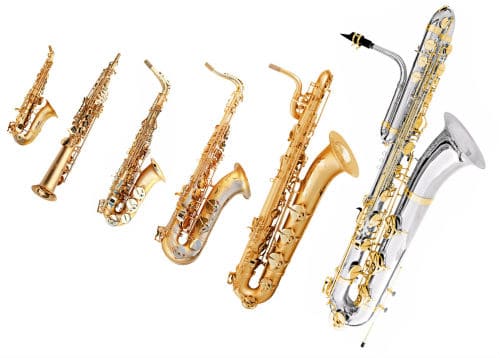
In addition to these categories, saxophones are:
- student;
- professional.
Saxophone technique
It is not easy to master the instrument: you will need filigree work of the tongue, trained breathing, quick fingers, and a flexible lip apparatus.
The techniques used by modern musicians during the Play are varied. The most popular are:
- glissando – sliding transition from sound to sound;
- vibrato – makes the sound “live”, emotional;
- staccato – the performance of sounds abruptly, moving away from one another;
- legato – emphasis on the first sound, a smooth transition to the rest, performed in one breath;
- trills, tremolo – fast repeated alternation of 2 sounds.
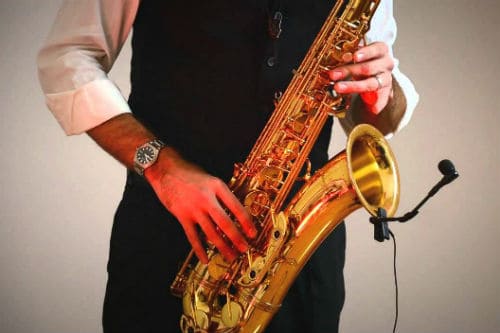
Choice of Saxophone
The tool is quite expensive, choosing a model, you need to pay attention to the following points:
- Equipment. In addition to the instrument, the set includes a case, mouthpiece, ligature, reed, lubricant, gaitan, and a special cloth for wiping.
- sound. The sound of the instrument will make it clear how technically this model is of high quality. It is recommended to check the sound of each register, the mobility of the valves, the evenness of the timbre.
- Purpose of purchase. It makes no sense for novice musicians to buy a professional, expensive instrument. Student models are easier to use, cheaper.
Tool Care
The tool will last longer with proper care. Some procedures must be carried out before the start of classes, others after the end of the Play.
The cork on the “esque” is treated with grease before the start of the Play.
After classes, be sure to remove condensate by wiping the instrument with absorbent cloths (inside, outside). They also wash, wipe the mouthpiece, reed. From the inside, the case is wiped using special tools, improvised means (a brush, a cord with a load).
It is necessary to treat the tool mechanisms with special synthetic oil. It is enough to carry out the procedure once every six months.
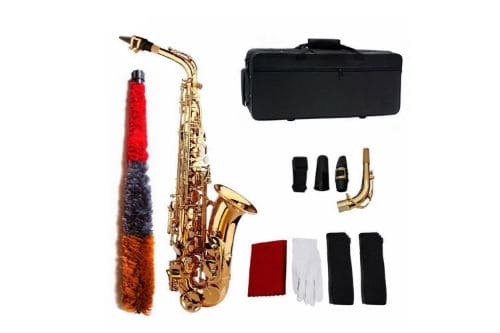
Outstanding saxophonists
Talented saxophonists forever inscribed their names in the history of music. The XNUMXth century, the period of the appearance of the instrument, gave the world the following performers:
- And Murmana;
- Edouard Lefebvre;
- Louis Maier.
The XNUMXth century was the high point of two of the most popular virtuoso performers – Sigurd Rascher and Marcel Muhl.
Outstanding jazzmen of the last century are considered:
- To Lester Young;
- Charlie Parker;
- Colemana Hawkins;
- John Coltrane.



